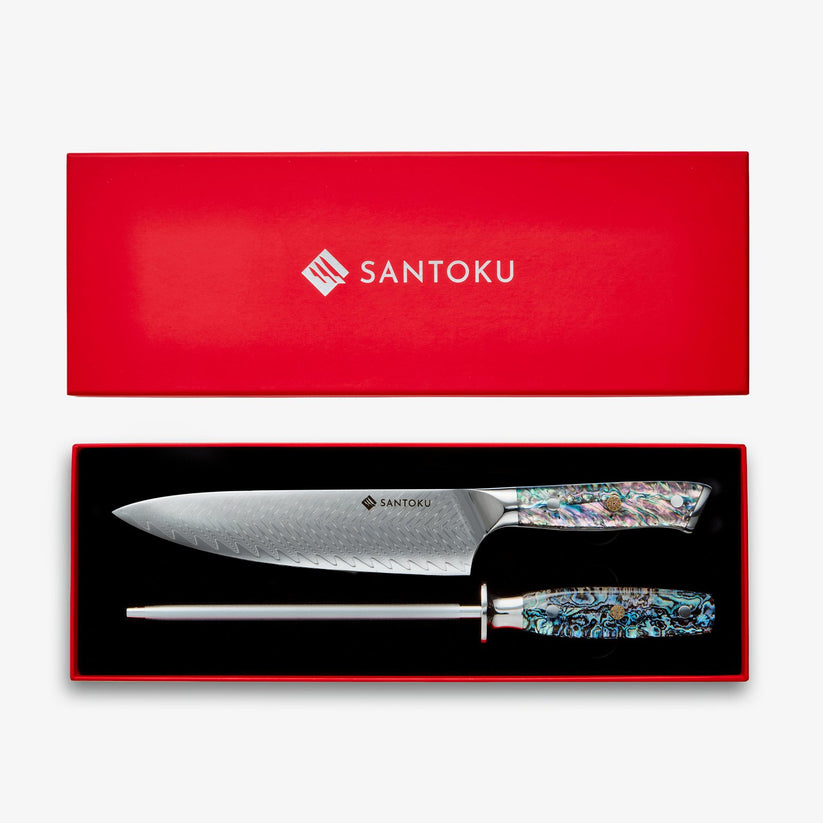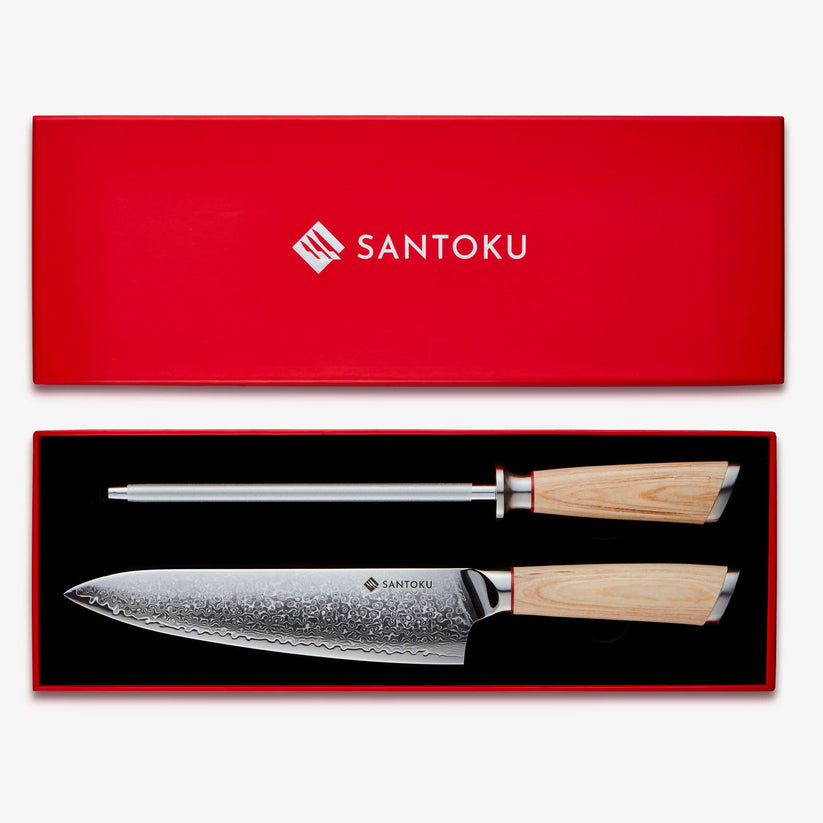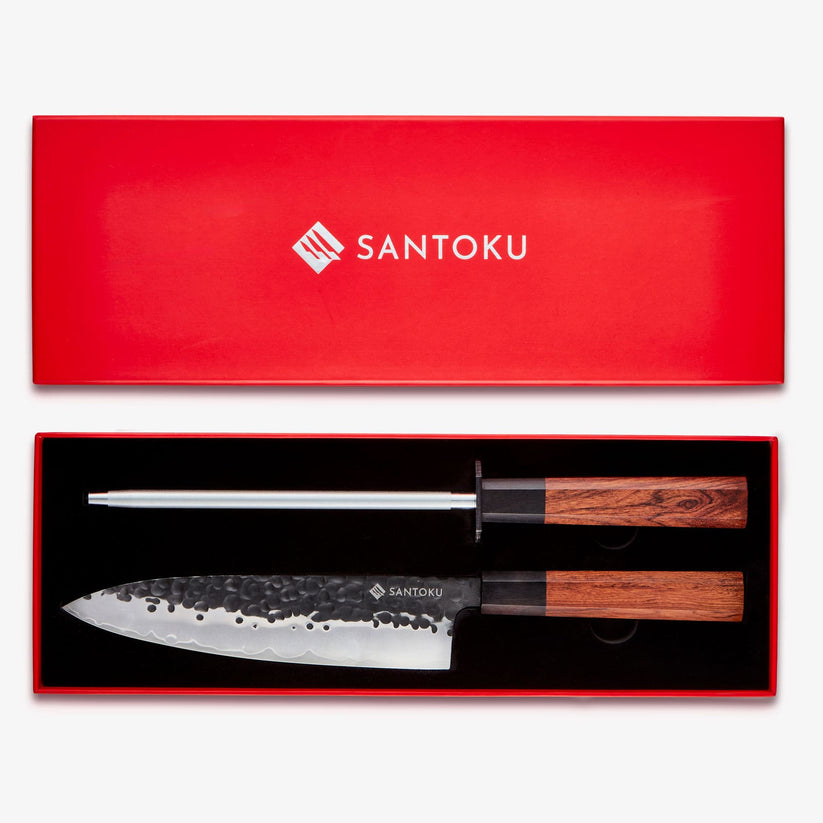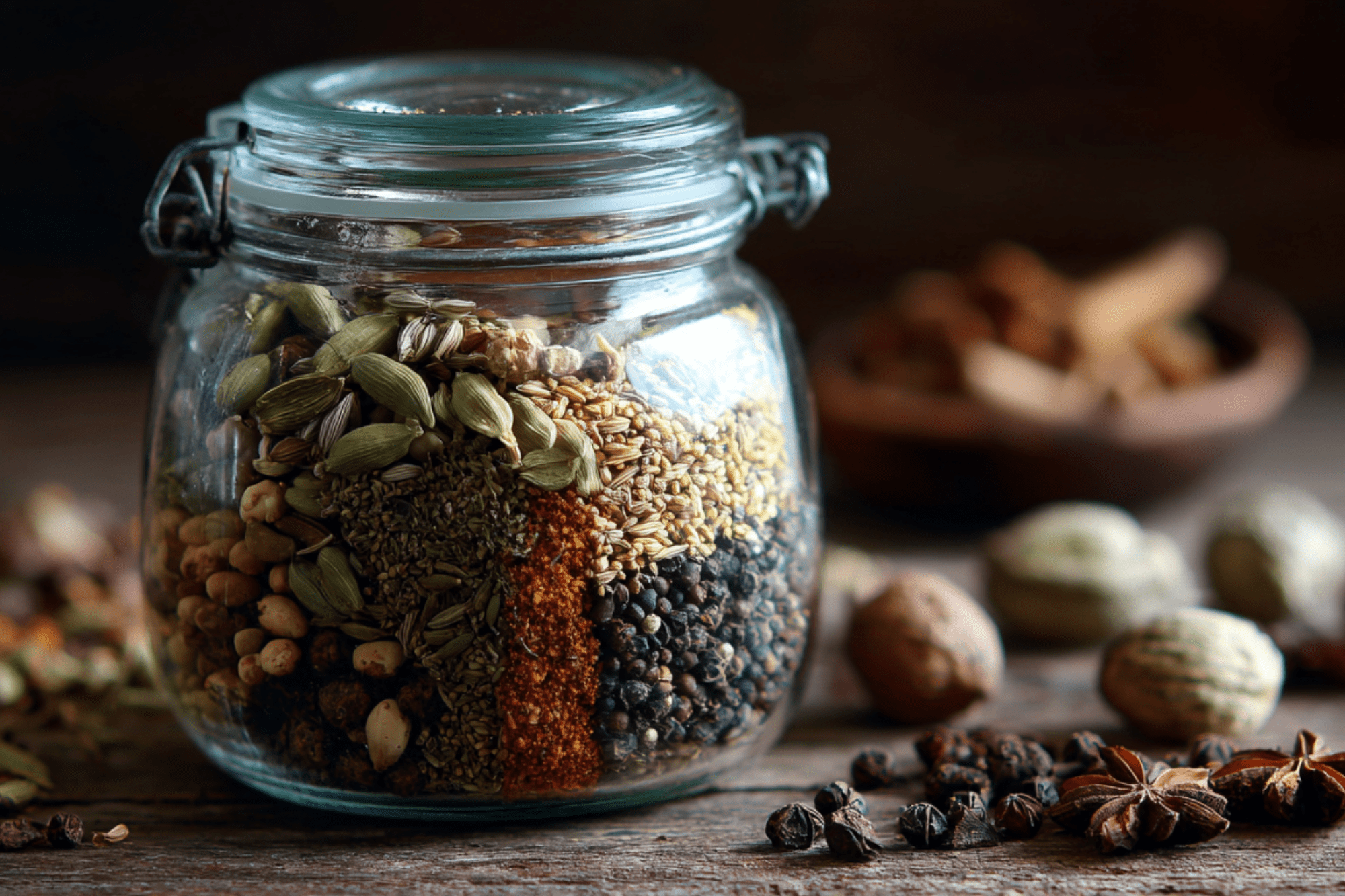
10 Tips to keep in mind when cooking lasagne
- Use a mix of meats: Combining ground beef and Italian sausage enhances the flavor of the sauce.
- Don’t overcook the noodles: Cook the noodles until al dente so they don’t become too soft during baking.
- Layer strategically: Spread a thin layer of sauce at the bottom to prevent noodles from sticking.
- Season each layer: Season the ricotta mixture and the meat sauce separately to ensure balanced flavors throughout.
- Use fresh herbs: Adding fresh parsley or basil to the ricotta mixture boosts freshness and flavor.
- Cover while baking: Covering the lasagne with foil for the first half of baking prevents the cheese from over-browning.
- Let it rest: Allow the lasagne to sit for at least 15 minutes before cutting. This helps it set and prevents the layers from sliding apart.
- Make it ahead: Lasagne tastes even better the next day as the flavors have time to meld. Make it ahead and reheat!
- Customize the filling: Add vegetables like spinach or mushrooms for added texture and nutrition.
- Freeze for later: You can freeze lasagne before or after baking for easy meal prep.
Serving Suggestions
Serve lasagne with a simple green salad topped with a light vinaigrette to balance the richness of the dish. Crusty garlic bread or a side of roasted vegetables, such as zucchini or eggplant, complements the hearty flavors. A glass of full-bodied red wine, like Chianti or Sangiovese, pairs perfectly with the boldness of the lasagne. For dessert, a classic Italian tiramisu or a slice of lemon sorbet will provide a refreshing finish.
FAQ for Lasagne
Q: Can I make lasagna ahead of time?
A: Yes, lasagna can be made ahead of time. You can assemble the lasagna and refrigerate it for up to 24 hours before baking. When you're ready to bake, remove it from the refrigerator and bake according to the recipe instructions.
Q: Can I freeze lasagna?
A: Yes, lasagna freezes well! You can freeze it either baked or unbaked. For unbaked lasagna, assemble it, wrap it tightly with plastic wrap and aluminum foil, and freeze. When you're ready to cook it, thaw overnight in the refrigerator and bake. For baked lasagna, allow it to cool, then wrap and freeze in individual portions or as a whole.
Q: How do I reheat lasagna?
A: To reheat lasagna, cover it with foil and bake it in a preheated oven at 350°F (175°C) for about 20-30 minutes, or until heated through. If you're reheating a small portion, you can use the microwave by heating it in 1-2 minute intervals.
Q: Can I make a vegetarian lasagna?
A: Absolutely! You can replace the meat filling with vegetables such as mushrooms, zucchini, spinach, or eggplant. You can also use plant-based meat alternatives for a meatless lasagna.
Q: How can I make lasagna gluten-free?
A: To make a gluten-free lasagna, simply use gluten-free lasagna noodles. You can find them in most grocery stores, or you can make your own using gluten-free flours.
Q: How long can lasagna stay in the fridge?
A: Lasagna can be stored in the refrigerator for up to 3-4 days. Make sure to cover it tightly with plastic wrap or place it in an airtight container to keep it fresh.
Q: What cheeses can I use in lasagna?
A: Common cheeses used in lasagna are ricotta, mozzarella, and Parmesan. However, you can also try using other cheeses such as provolone, fontina, or even a béchamel sauce for a creamier texture.
Q: Can I use no-boil lasagna noodles?
A: Yes, no-boil lasagna noodles are a convenient option. They absorb moisture from the sauce as the lasagna bakes, so ensure your sauce is slightly more liquid than usual to allow the noodles to cook properly.






